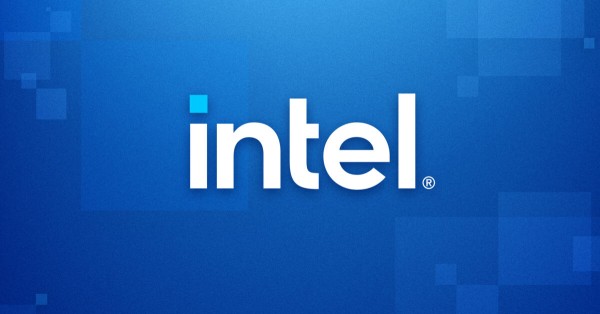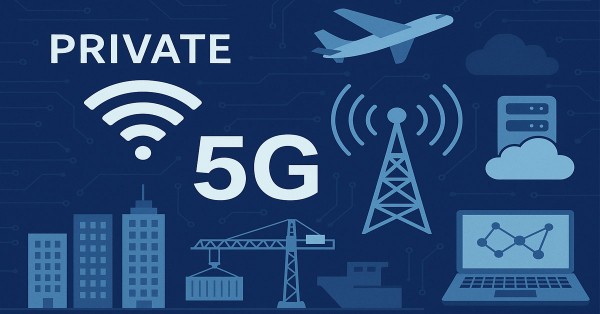OSS isn’t Broken. It’s Worse: It Pretends to Work
Telecom engineers don’t expect magic. But they expect truth. OSS platforms, in their sleek UIs and glossy dashboards, often give the impression of order, accuracy, and control. The reality is far murkier.
Most engineers know this: underneath those colorful service trees and clean inventory tables lies a patchwork of assumptions, legacy data, manual overrides, and integrations that only half-work. The system says a router is operational. The site visit says it was removed six months ago. The report says the fiber route is redundant. The alarm log says otherwise.
What engineers hate isn’t just the occasional inconsistency. It’s the systemic dishonesty. OSS systems are often not truthful mirrors of the network. They are a performance.
The Dirty Secret: Engineers Maintain Shadow Knowledge
Engineers aren’t stubborn, they’re realistic. And after enough bad data and broken promises from their OSS, they’ve learned not to rely on it. That’s why so many of them keep personal notes, update local spreadsheets, or snap photos of field equipment instead of trusting the official record.
They’ve been told a cable was live when it was cut last year. They’ve routed services through “available” ports that were already in use. They’ve waited on provisioning flows that choked on missing data. So, they hedge. They cross-check. They work off what they know—not what the system says.
OSS, in this environment, turns into a box-ticking tool for compliance rather than a system they can count on to make decisions. Trust isn’t just low—it’s been actively eroded by years of mismatches and outdated assumptions.
Interfaces That Make You Think, Guess, Then Cringe
Engineers don’t need dashboards that look like mission control; they need answers. Quickly. Most OSS interfaces feel like they were built for presentations, not pressure.
Instead of showing engineers exactly what’s connected, what’s changed, and what’s broken, they bury critical info under dropdowns and load times. You try to trace a fault and end up guessing. Or worse, hoping. When the interface creates more questions than it answers, engineers get frustrated. And when they’re frustrated, they find workarounds.
Inventory that can’t be Trusted
OSS is supposed to connect the dots—linking planning tools, monitoring platforms, inventory databases, and provisioning engines. In theory, this should create a streamlined, unified environment. In practice, it’s rarely clean. Most systems operate in silos, patched together by clunky middleware, outdated APIs, or inconsistent data formats. Engineers often find themselves doing the manual leg work that the integration promised to eliminate.
Common signs of broken integration:
- Alarm systems that don’t recognize scheduled maintenance, triggering false positives
- Inventory tools that don’t reflect real-time provisioning changes
- Monitoring platforms that can’t “see” topology updates
- Planning systems that rely on outdated snapshots instead of current field status
Instead of flowing smoothly between systems, data gets delayed, lost, or mistranslated. Engineers are forced to manually verify and sync what should already be connected.
The result? Tools that should work together behave like distant cousins who barely speak. And it’s the people in the middle—often engineers—who get stuck translating between them. True integration doesn’t just mean linking modules. It means those modules understand each other’s language, timing, and context. Most OSS still isn’t there.
Reconciliation: The Cleanup That Never Ends
Every engineer knows the word “reconciliation” usually means one thing: hours spent reviewing mismatches you didn’t cause.
Ideally, OSS should auto correct itself. Stay current with the field. Instead, it accumulates confusion. Reports grow longer. The list of discrepancies piles up. Nobody has time to fix it all. So, teams start ignoring it. And the system drifts further away from the real network. If you want to find out more about this topic, you can download a free copy of Network Automation and Reconciliation Whitepaper from VC4.
Why Provisioning Breaks Down in OSS Environments
Provisioning in OSS platforms should streamline service activation by automating configurations across network elements. But for many engineers, it’s unreliable due to fragile data dependencies and poor system synchronization.
Common technical issues that disrupt provisioning workflows:
- Mismatch between inventory and actual network state — the OSS might assign a port that’s already in use or misrepresent available capacity.
- Stale or missing configuration data — provisioning logic fails when it’s built on incomplete inputs.
- Rigid workflows with no fallback — if a single dependency breaks (like a missing VLAN tag or an unapproved design), the entire provisioning flow halts.
- Poor error visibility — failures happen silently or with generic error codes, making troubleshooting a slow, manual task.
Instead of accelerating delivery, provisioning becomes a bottleneck. Engineers spend more time fixing failed activations than deploying new ones. They’re not resisting automation—they’re compensating for systems that don’t account for real-world variability.
Provisioning that works must be:
- Context-aware (linked to live inventory and service design)
- Flexible enough to validate and adapt in real-time
- Transparent when it fails, offering engineers actionable diagnostics
Without these, OSS provisioning tools add complexity instead of removing it.
Alarm Management Without Prioritization or Context
Alarm systems in OSS are designed to alert engineers to network issues, but many generate overwhelming volumes of low-value or redundant alerts. The result is alert fatigue and reduced situational awareness.
Key issues with current alarm implementations:
- No correlation between events across layers or systems
- Duplicate alerts for a single root cause
- Lack of contextual data to support root-cause analysis
- Alerts triggered by planned maintenance or temporary configurations
A more effective alarm system should:
- Group related alerts automatically
- Suppress known and acknowledged alarms
- Provide traceable context to identify root issues quickly
Without this, engineers rely on manual diagnostics or external monitoring scripts—undermining the OSS’s core function.
What Engineers Actually Want
After navigating through disconnected systems, unreliable data, and alert fatigue, engineers have developed a clear view of what they need from a next-generation OSS. Their expectations aren’t unrealistic—they’re shaped by daily frustrations and operational gaps that slow down real work.
Here’s what engineers consistently look for:
- Live data they can trust without cross-checking
- Simple, direct interfaces that help, not hinder
- Automation that recovers gracefully, not just fails loudly
- Inventory that reflects reality, not assumptions
- Smarter alerts, fewer false positives
- One system that works across teams, not ten that fight each other
They want tools built around their daily work—not tools that create more of it.
Where VC4 Service2Create (S2C) Shifts the Experience
While legacy OSS systems frustrate engineers with unreliable inventory, broken integrations, and lifeless dashboards, S2C is built around how networks function in the real world. It doesn’t just show the truth.
- Live Data, Always in Sync
Legacy OSS pulls stale data from siloed sources. S2C connects directly to NMS, EMS, and CLI to reconcile reality with the system—continuously and automatically.
- No more “ghost routers” or ports marked available that aren’t.
- Provisioning logic built on what’s there, not what was there last quarter.
Planners, engineers, field techs, and customer service all see the same real-time network state. No conflicting maps, no emailed spreadsheets. One single source of truth.
- GIS-based service visualization, instantly updated
- Change tracking across the lifecycle, with built-in audit trails
- No more back-and-forth between NOC and field
- Provisioning That Works—or Explains Why
S2C provisioning flows don’t choke on missing fields. They adapt. And when they fail, they tell you why.
- Smart fallback logic and validation at each step
- Actionable error messages, not cryptic error codes
- Designed for real-world variability, not happy-path demos
- Alarm Noise Down. Context Up.
S2C’s alarm management isn’t just a stream of red dots. It’s context-rich and tied to topology.
- Automatically suppresses alarms from planned work
- Correlates multiple alerts to single root causes
- Integrates with trouble tickets and impact analysis modules
- A Map That Actually Helps
S2C’s GIS is not a drawing tool—it’s a network command center. Draw redlines, trace fiber, visualize splice paths, and route services—all in one view.
- Redlining and route design with real-world context
- Integration with OpenStreetMap, Google, and ArcGIS
- Live topology visualization, not static diagrams
S2C isn’t just “another OSS. It’s the first one engineers can actually trust.
Engineers don’t need promises. They need systems that hold up under pressure—tools that don’t fall apart the moment real-world complexity kicks in. Traditional OSS platforms have mastered the art of looking organized while staying disconnected underneath. S2C breaks that cycle. It delivers live data, trusted inventory, and workflows that reflect how the network behaves—not how someone hoped it might. If you’re tired of systems that talk a big game but can’t keep up, maybe it’s time to see what a real shift looks like.
Book a demo, bring your toughest use case, and watch S2C meet it head-on.


































